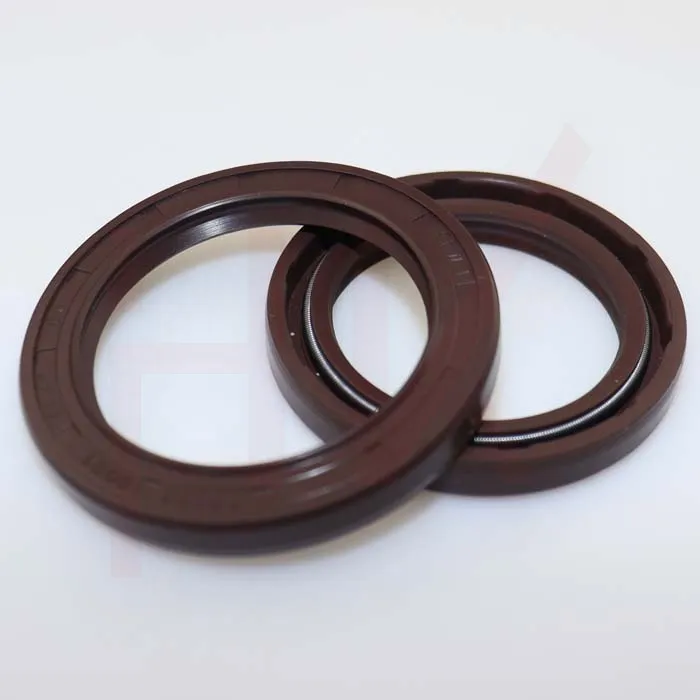Δεκ . 22, 2024 19:22 Back to list
replacing seals on a hydraulic cylinder
Replacing Seals on a Hydraulic Cylinder A Comprehensive Guide
Hydraulic cylinders are essential components in many industries, providing the force necessary for machinery to operate efficiently. Whether in construction equipment, manufacturing machines, or automotive applications, maintaining these hydraulic systems is crucial for optimal performance. One common maintenance task is replacing the seals on a hydraulic cylinder. Over time, seals can wear out, leading to leaks that can compromise the entire system’s efficiency. In this article, we will explore the steps necessary for replacing seals on a hydraulic cylinder, ensuring that your machinery continues to operate smoothly.
Understanding the Importance of Seals
Seals in hydraulic cylinders serve the critical function of preventing hydraulic fluid from leaking out of the cylinder and contaminants from entering. These seals are designed to withstand high pressures and temperatures, but exposure to harsh conditions can lead to deterioration over time. An effective seal ensures that the hydraulic cylinder operates at its intended pressure, supporting the overall machinery's functionality.
Signs of Seal Failure
Before you undertake the replacement process, it’s essential to recognize the signs of seal failure. Common indicators include
1. Visible Leaks Puddles of hydraulic fluid around the cylinder indicate that the seals are compromised. 2. Reduced Performance If the machine moves slowly or fails to respond to commands, it may be due to low fluid pressure caused by leaking seals. 3. Increased Noise Unusual sounds during operation can signal air entering the system through worn seals.
If you observe any of these symptoms, it’s time to replace the seals.
Tools and Materials Required
To replace the seals on your hydraulic cylinder, you will need the following tools and materials
- Safety goggles and gloves - Wrenches and socket set - Screwdriver set - Seal puller - New seals (ensure they are the right size for your cylinder) - Lubricant for the seals - Clean cloths and a bucket for fluid collection
replacing seals on a hydraulic cylinder

Step-by-Step Process
1. Preparation Before starting, make sure to disconnect the power supply and relieve any pressure in the hydraulic system. This precaution is critical to ensure your safety.
2. Drain the Fluid Place a bucket underneath the hydraulic cylinder and remove the drain plug to collect any residual hydraulic fluid. This will help keep your workspace clean and reduce the risk of spills.
3. Disassemble the Cylinder Using the appropriate wrenches, carefully remove the bolts securing the cylinder. Keep track of all components, as you will need to reassemble them later.
4. Remove the Old Seals With the cylinder disassembled, use a seal puller to carefully extract the old seals from their grooves. Take care not to damage the cylinder’s surfaces, as this could lead to further issues down the line.
5. Clean the Cylinder Before installing the new seals, clean the cylinder’s surface with a clean cloth to remove any debris, dirt, or remnants of the old seals. This step is vital for ensuring a good seal.
6. Install New Seals Apply a thin layer of lubricant to the new seals to facilitate installation. Carefully place the seals into their respective grooves, ensuring they are seated evenly.
7. Reassemble the Cylinder Once the new seals are in place, reassemble the hydraulic cylinder by following the disassembly steps in reverse order. Ensure that all bolts are tightened to the manufacturer’s specifications.
8. Test for Leaks After reassembling the cylinder, refill it with hydraulic fluid and operate the machinery. Check for leaks around the new seals and monitor the performance to ensure everything is functioning properly.
Conclusion
Replacing seals on a hydraulic cylinder is a straightforward yet vital task that can significantly enhance the longevity and efficiency of your machinery. By following the steps outlined in this guide and demonstrating diligence throughout the process, you can effectively maintain your hydraulic systems and minimize the risk of costly repairs. Regular maintenance, including seal replacement, will keep your machinery running smoothly and improve overall productivity.
-
The Trans-formative Journey of Wheel Hub Oil Seals
NewsJun.06,2025
-
Graphene-Enhanced Oil Seals: Revolutionizing High-Pressure Oil Sealing
NewsJun.06,2025
-
Future of Hydraulic Sealing: Advanced Intelligent TCN Oil Seals
NewsJun.06,2025
-
Don’t Let a Broken TCV Oil Seal Ruin Your Day
NewsJun.06,2025
-
Bio-Inspired Dust Seals for Better Sealing Performance
NewsJun.06,2025
-
Biodegradable and Sustainable Hydraulic Seal Materials
NewsJun.06,2025
-
Top Oil Seal Solutions for Your Industrial Needs
NewsMay.22,2025
Products categories
















